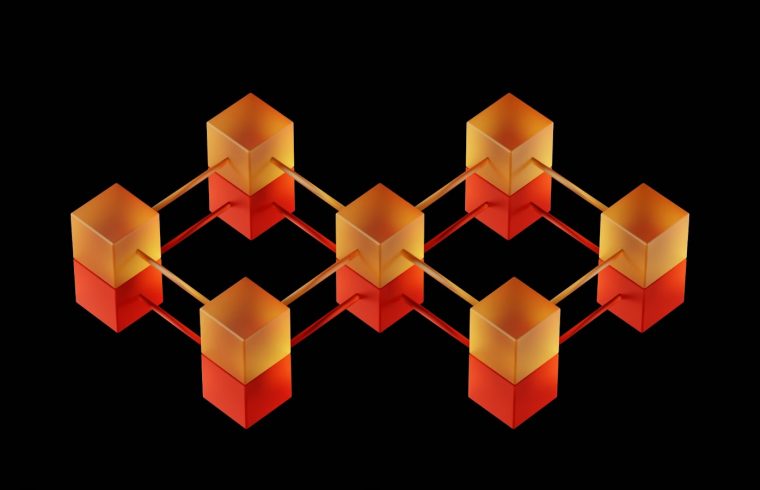The digital landscape is transforming, with significant changes in online content and its underlying architecture. Initially, in the 1990s, websites featured mostly static, text-heavy content for reading. Users primarily absorbed information, contributing little. This era is known as Web 1.0.
Web3: A New Paradigm in Internet Evolution
By the 2000s, advancements in technologies like Javascript, HTML5, and CSS3 made the internet more dynamic, allowing users to both consume and create diverse types of content, including text, images, sound, and video. This interactive phase is termed Web 2.0, highlighted by the rise of social networks such as Facebook, Twitter, YouTube, and LinkedIn.
As the era of Web 2.0 draws to a close, the digital realm is advancing towards Web 3.0 and Web3. These two phrases are frequently confused as representing the same idea. Tim Berners-Lee introduced the concept of Web 3.0 in early 2006, envisioning an internet enhanced by Artificial Intelligence (AI). He also termed it the semantic web, indicating its ability to process and interpret information similarly to human cognition.
Web3 emerged in 2014, introduced by Gavin Wood, a pivotal figure in the Ethereum blockchain and the initiator of Polkadot. These blockchain infrastructures facilitate the automation of online processes and systems through smart contracts.
Web3 isn’t designed to supplant Web 3.0; rather, they are complementary. Web3 represents a network built on blockchain technology, aiming for a web environment that is more credible, transparent, and decentralized. As Web3 progresses, it paves the way for a web that is more decentralized and democratic, offering users enhanced control over their personal data and virtual identities.
Web3 Tokens Explained
Web3 tokens are integral to the blockchain-based Web3 ecosystem, embodying decentralization, blockchain integration, and enhanced user utility. These digital assets, foundational in many blockchains, act as mediums of exchange, stores of value, and units of account, vital for network maintenance and governance.
Key Features of Web3 Tokens:
- Decentralization: Facilitated by blockchain, enabling efficient peer-to-peer interactions.
- Blockchain Integration: Aimed at interoperability among different blockchain networks, enhancing their connectivity and functionality.
- User Empowerment: Users possess control over their private details, ensuring their privacy is inviolable.
- Scalability and Efficiency: Innovations like PoS improve speed and decrease costs of transactions.
- Open Access: It promotes transparency, privacy, safety, and cut of costs.
Key Web3 Tokens in the Blockchain Ecosystem
The landscape of Web3 is diverse, with multiple blockchains each designed for distinct purposes. Among these, we already have active Web3 tokens.
Among them, NFTs are quite notable. Non-fungible tokens are representative of the fact that people are in such control of their experience.
Noteworthy Web3 Tokens:
Chainlink
DeFi system capable of bringing real-world events to the blockchain via nodes In addition, LINK, its native token, is given to or taken from node operators based on their relay of accurate data.
Internet Computer
Expanding the Web3 horizon, the Internet Computer token (ICP) aims to revolutionize internet functionality by enabling Dapps to run at web speed. ICP fosters network governance and participation, marking a significant leap towards a fully decentralized web.
Polkadot
Benefits are mainly creating custom blockchains and smart contracts The token, DOT, is also used for governance and is employed as an incentive for this network.
Filecoin
As a decentralized storage service, its main source of contrast with centralized alternatives like Google Drive is FIL tokens intermittently used for transaction and network governance purposes.
Where to Buy Web3 Tokens?
To acquire Web3 tokens, one should turn to reputable cryptocurrency platforms that offer more than just the ability to purchase digital assets. A distinguished platform not only facilitates the acquisition of Web3 cryptocurrencies but also provides tools for comparative analysis, such as DOT vs ICP, assisting users in determining the most suitable currency for their needs.
The diversity of available cryptocurrencies is a hallmark of a commendable crypto exchange. It should encompass a broad spectrum of digital assets, spanning various categories and blockchain ecosystems. This ensures that investors can engage in a wide range of transactions, from trading Web3 tokens to dealing with different coin types across blockchains. For instance, seamlessly exchanging BNB for TRX should be effortlessly achievable on the platform.
Choosing such a versatile and supportive platform ensures that investors can not only trade Web3 coins with ease but also explore and conduct transactions with a myriad of cryptocurrencies, enhancing their investment approach and portfolio diversity.
The subject matter and the content of this article are solely the views of the author. FinanceFeeds does not bear any legal responsibility for the content of this article and they do not reflect the viewpoint of FinanceFeeds or its editorial staff.












